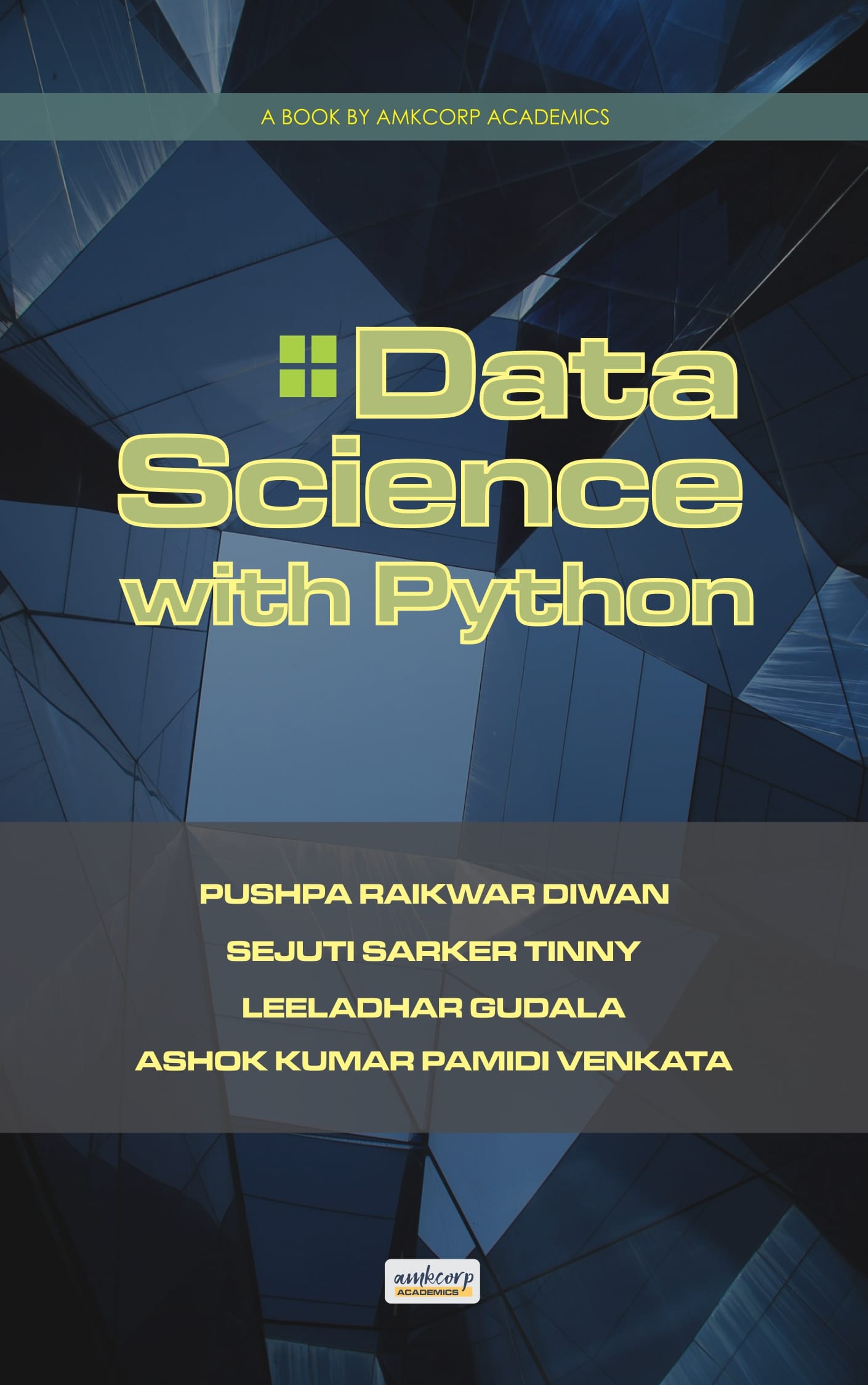Description
“DATA SCIENCE WITH PYTHON: BUILDING PREDICTIVE MODELS FOR BUSINESS INSIGHTS” offers a comprehensive exploration of data science principles and their practical implementation using Python. The book begins with a foundational understanding in Chapter 1, elucidating the significance of data science and Python’s role within it, while also guiding readers through setting up their Python environment and familiarizing them with essential concepts like data types, structures, and visualization.
Moving forward, Chapter 2 delves into the crucial aspect of data preprocessing and cleaning, addressing issues such as missing data, outliers, and categorical data, and introducing various techniques for data transformation and feature engineering.
Chapters 3 and 4 transition into the realms of supervised and unsupervised learning, respectively. The former elucidates various algorithms including linear and logistic regression, decision trees, support vector machines, and ensemble methods, while the latter explores unsupervised techniques such as clustering, dimensionality reduction, and anomaly detection, along with corresponding evaluation metrics.
Feature selection and dimensionality reduction take center stage in Chapter 5, elucidating methods to enhance model efficiency and interpretability. Chapter 6 shifts focus to model evaluation and hyperparameter tuning, emphasizing the importance of robust evaluation strategies and optimization techniques to mitigate overfitting and achieve optimal model performance.
The subsequent chapters expand the horizon of data science applications, covering time series analysis and forecasting in Chapter 7, text mining and natural language processing in Chapter 8, deep learning in Chapter 9, and ensemble learning techniques in Chapter 10. Each chapter not only introduces key concepts but also provides practical insights and methodologies for implementation.
Chapter 11 navigates through the intricacies of model deployment and productionization, addressing considerations such as web services, containerization, scalability, and model interpretability. Ethical and regulatory aspects of data science are explored in Chapter 12, emphasizing the importance of responsible AI practices, transparency, and adherence to privacy regulations.
Real-world applications and case studies are elucidated in Chapter 13, showcasing the diverse applications of data science across industries such as manufacturing, retail, finance, healthcare, and transportation. Lastly, Chapter 14 outlines future trends and challenges in the field, emphasizing the ongoing evolution of technology, societal implications, and the imperative for continuous learning and talent development in data science.
In essence, “DATA SCIENCE WITH PYTHON: BUILDING PREDICTIVE MODELS FOR BUSINESS INSIGHTS” serves as a comprehensive guide for both beginners and seasoned practitioners, equipping them with the knowledge and tools necessary to harness the power of data science for actionable insights and informed decision-making in various domains.







Reviews
There are no reviews yet.